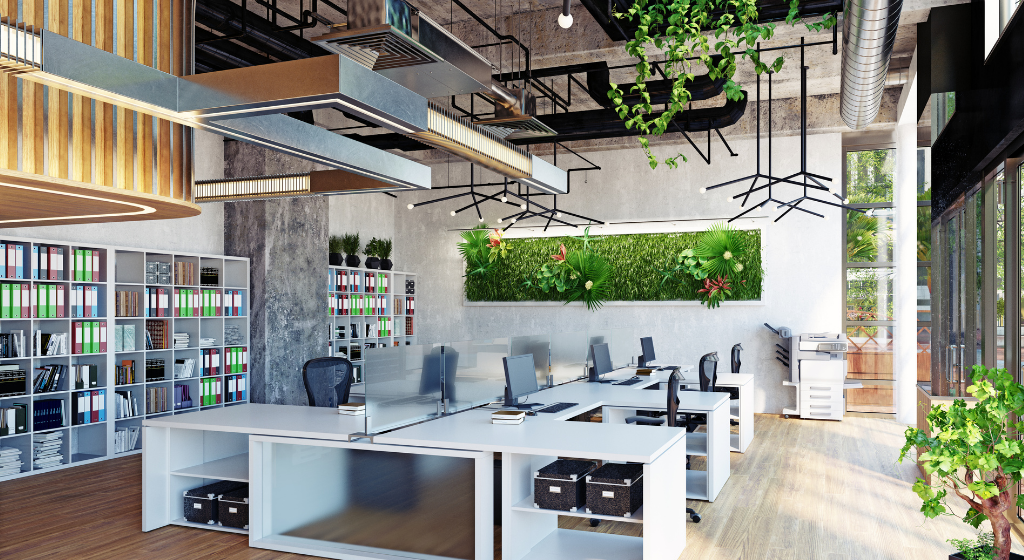
Office interior design plays a crucial role in shaping the work environment and has a significant impact on employee productivity. A well-designed office space can inspire creativity, boost morale, and enhance efficiency among employees. In contrast, a poorly designed office can lead to decreased productivity, increased stress, and overall dissatisfaction among workers. Companies need to invest in professional office interior design services to create a productive and conducive work environment.
The Benefits of Office Interior Design on Employee Productivity
1. Improved Morale and Employee Satisfaction
- Well-designed office spaces can boost employee morale and create a positive work environment.
- An aesthetically pleasing office design can increase employee satisfaction and overall happiness.
- Comfortable and functional workspaces can lead to a higher retention rate of employees.
2. Enhanced Collaboration and Creativity
- Open and flexible office layouts can encourage collaboration among employees and foster creativity.
- Design elements such as collaborative work areas and break-out spaces can facilitate brainstorming and idea sharing.
- Innovative office designs can inspire employees to think outside the box and come up with new solutions.
Key Elements of Office Interior Design for Productivity
1. Lighting
- Natural light is essential for creating a bright and energizing work environment.
- Proper lighting can reduce eye strain, improve focus, and enhance overall mood.
- Consider incorporating task lighting and adjustable light fixtures to accommodate different tasks and preferences.
2. Ergonomic Furniture
- Comfortable and ergonomic furniture can help reduce physical discomfort and increase productivity.
- Invest in adjustable chairs, standing desks, and other ergonomic accessories to promote good posture and reduce fatigue.
- Provide options for employees to customize their workspace for maximum comfort and efficiency.
3. Color and Texture
- Choose colors that are known to have a positive impact on mood and productivity, such as blues, greens, and neutrals.
- Incorporate textures and patterns to add visual interest and create a stimulating work environment.
- Avoid using overly bold or distracting colors that may cause fatigue or reduce concentration.
Implementing Office Interior Design Changes
1. Consultation with Design Professionals
- Work with experienced interior designers to assess your current office layout and design a plan for improvement.
- Consider employee feedback and preferences when implementing design changes to ensure a supportive work environment.
- Collaborate with designers to create a cohesive and functional office design that aligns with your company's values and goals.
2. Phased Implementation
- Consider implementing office design changes in phases to minimize disruption to daily operations.
- Prioritize key areas that require immediate attention, such as employee workstations or common areas.
- Communicate changes to employees in advance and provide support during the transition period.
3. Evaluation and Feedback
- Regularly evaluate the impact of office design changes on employee productivity and satisfaction.
- Solicit feedback from employees on their experience with the new office layout and make adjustments as needed.
- Monitor key performance metrics, such as employee engagement and retention, to measure the success of the design changes.
Conclusion
Office interior design services have a profound impact on employee productivity and well-being. By creating a thoughtfully designed work environment that prioritizes comfort, collaboration, and creativity, companies can enhance the overall productivity and satisfaction of their employees. Investing in professional office interior design services is not only a strategic decision but also a way to demonstrate a commitment to employee health and happiness.